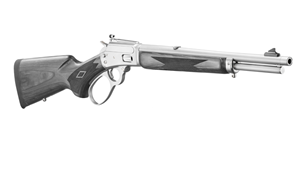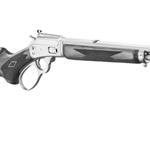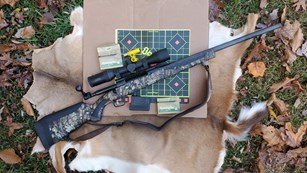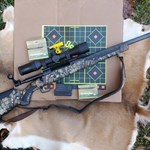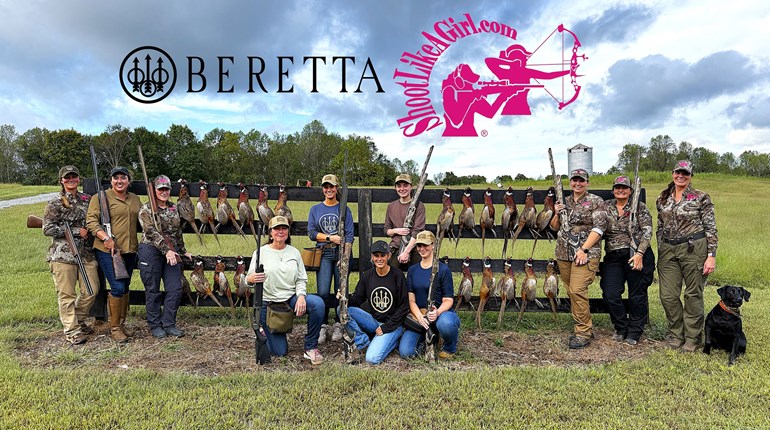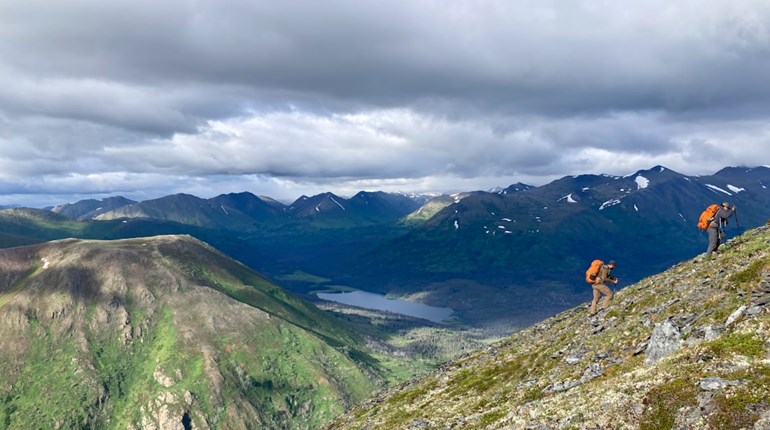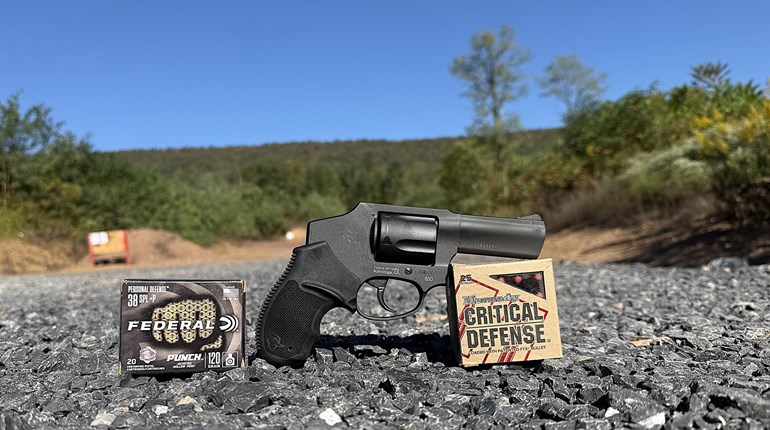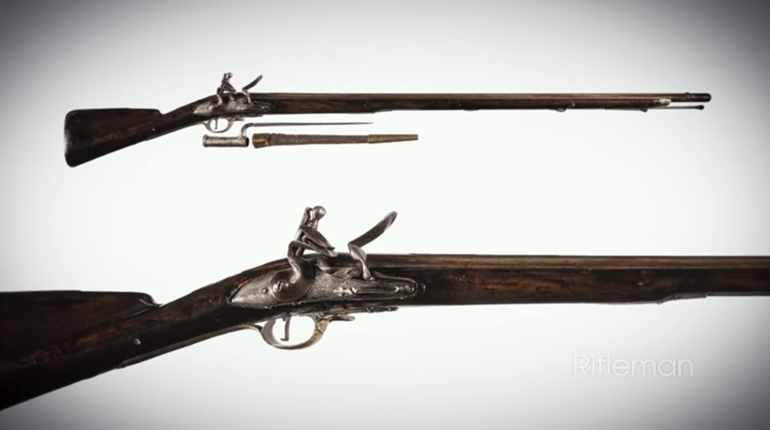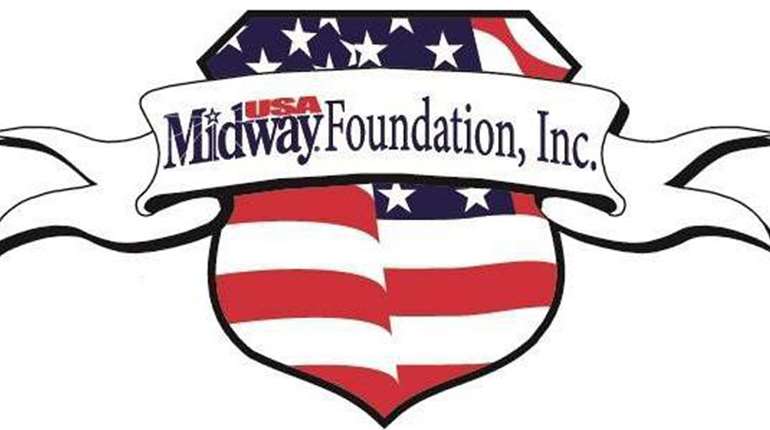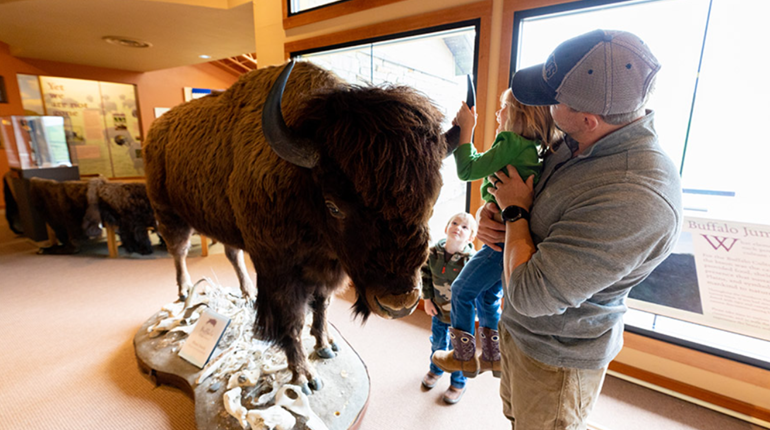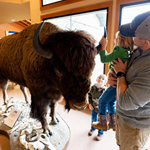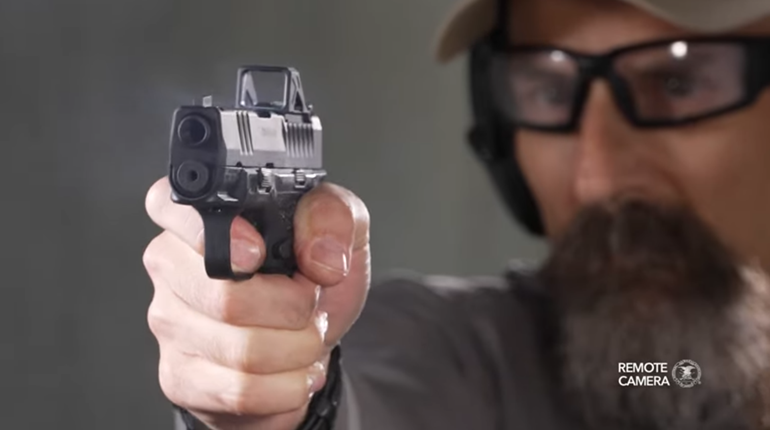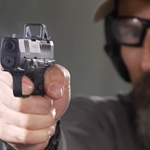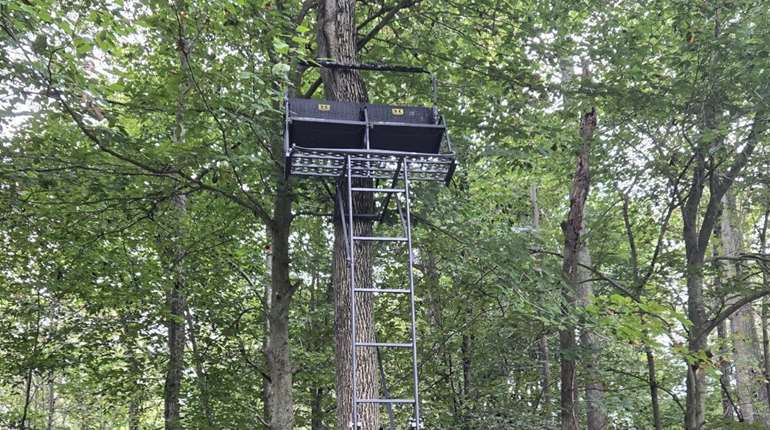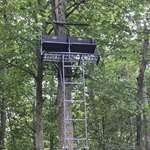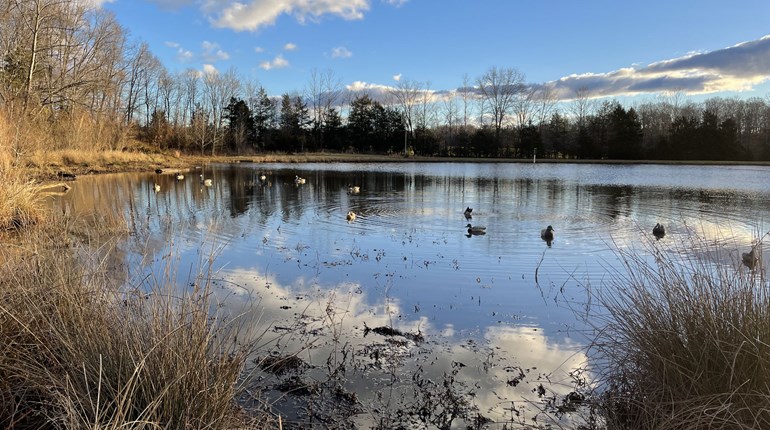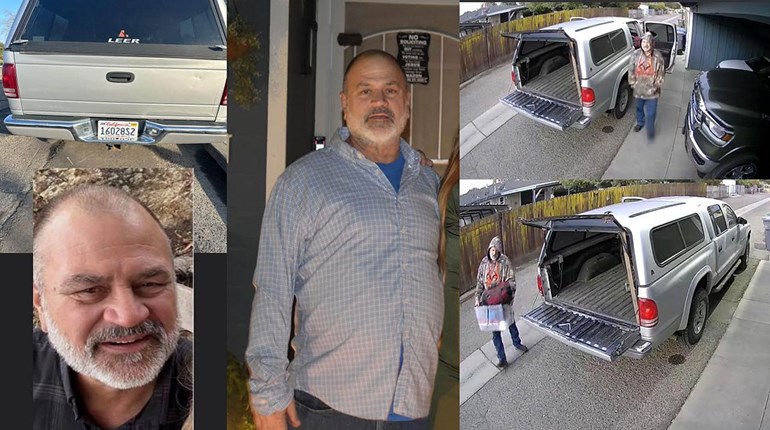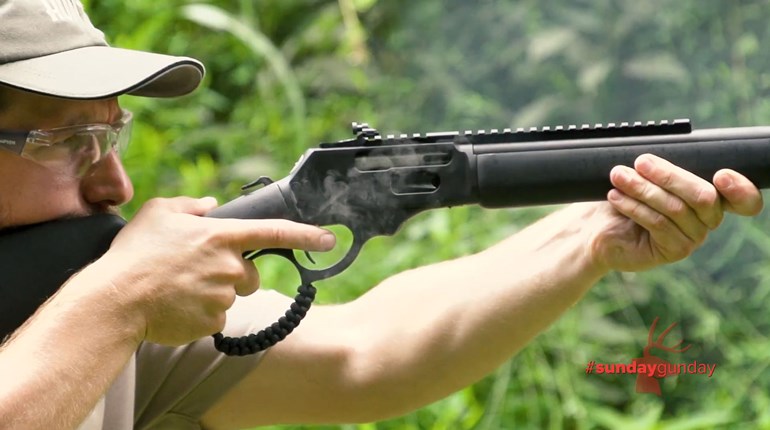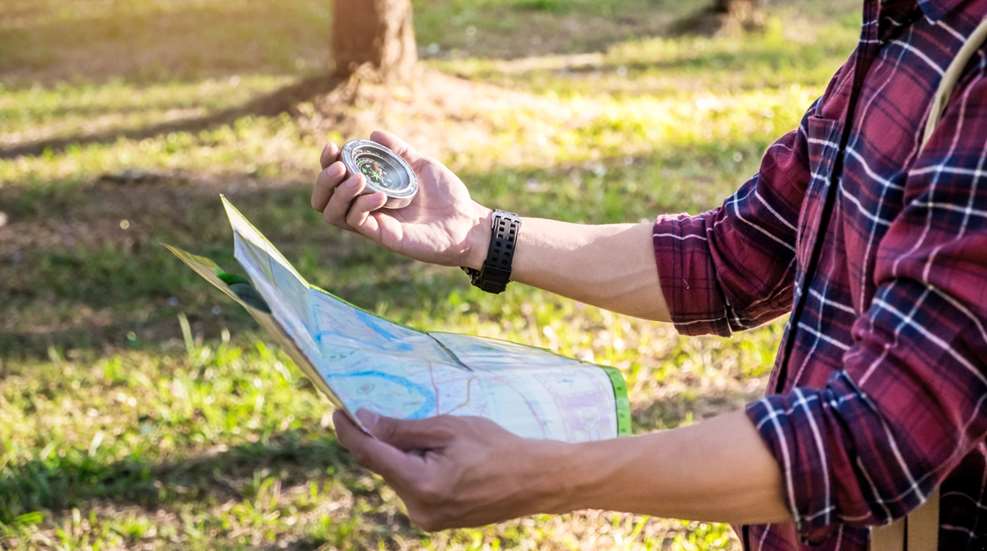
In today’s world, we rely on GPS for nearly everything, from finding the quickest route to the grocery store to navigating a remote hunting trail. It's fast, convenient, and, let's admit it, downright magical. But what happens when the battery dies, the signal drops, or the device simply doesn't cooperate? That's when knowing how to use a map and compass becomes not just a handy skill but a potentially lifesaving one. For beginners, navigating without a glowing screen can feel intimidating. After all, a GPS does all the work for you. Yet learning to use a map and compass is a confidence boost and an art that connects you to the wilderness in a way no digital device ever could.
Before we get into the how, let's talk about the why. A GPS is a fantastic tool, but it has its limitations. It can fail due to low battery life, harsh weather, or technical glitches. Additionally, you may not have reliable access to satellites in many remote areas. But a map and compass? They never need charging, don’t care about cloud cover, and work just as well in the middle of nowhere as they do in your backyard. More importantly, they give you a sense of independence. Instead of relying on a device to tell you where you are, you learn to read the land, interpret your surroundings, and make decisions based on your observations. It’s a skill that sharpens your mind and deepens your connection to the natural world.
At first glance, a compass might seem like a strange little gadget with its spinning needle and numbers circling its face. But at its core, it’s a simple and invaluable tool. The needle, magnetized to always point toward magnetic north, is your guiding light. For beginners, it’s helpful to understand the key parts of a compass. The baseplate is the flat part you’ll hold or set on the map. The rotating bezel, or compass housing, is the circular dial marked with degrees. There’s also a direction-of-travel arrow that shows the way forward once you’ve set your course. These parts work together to help you navigate.
The first step in using your compass is orienting it to the map. Lay your map on a flat surface and place the compass on top. Align the edge of the baseplate with one of the map’s north-south grid lines and turn the bezel until the orienting arrow (the little outline inside the bezel) points to true north on the map. From there, you can begin to match the map to the terrain around you.
Maps are essentially 2D representations of our 3D world. They show mountains, valleys, rivers, and trails through contour lines, symbols, and colors. All those squiggly lines and tiny icons might look overwhelming for someone new to map reading. But they're the key to understanding where you are and where you're going. Contour lines are your best friends. These lines connect points of equal elevation and help you visualize the shape of the land. Close-together lines indicate steep terrain, while widely spaced lines suggest gentler slopes. When you combine contour lines with other features, such as rivers, roads, and landmarks, you can start to paint a picture of your surroundings.
Another key element is the map’s scale, which tells you how the distances on the map relate to the real world. For instance, a 1:24,000 scale map means one inch on the map equals 24,000 inches in the real world (or about 2,000 feet). Understanding scale helps you estimate distances, which is crucial for planning your route.
Once you've familiarized yourself with the map, it's time to set a bearing and start moving. A bearing is simply the direction you must travel to reach your destination. Let's say you want to reach a specific lake marked on your map. You'll first locate the lake on the map and use your compass to measure the angle between your current location and the lake. To do this, place the edge of the compass baseplate on the line connecting your current position to the lake. Rotate the bezel until the orienting arrow aligns with the map’s north-south grid lines. Then, hold the compass in front of you and turn your body until the magnetic needle aligns with the orienting arrow. The direction-of-travel arrow now points toward the lake, and off you go!
One of the challenges of navigating with a map and compass is staying on course, especially in dense forests or rugged terrain where landmarks can disappear. This is where “aiming off” and “handrails” come into play. Aiming off involves intentionally setting your bearing slightly to one side of your destination. For example, if you’re trying to find a trailhead near a river, you might aim to the left of it. That way, when you hit the river, you’ll know which direction to follow to find the trailhead. Handrails, on the other hand, are linear features in the landscape, like a ridgeline, stream, or road, that you can use as guides. Keeping these features in sight reduces the risk of veering off course.
In a world dominated by digital technology, there’s something satisfying about navigating with a map and compass. It’s a reminder that we’re capable of solving problems and finding our way without relying on gadgets. Beyond the practical benefits, this skill connects us to the traditions of explorers, hunters, and adventurers who came before us. They didn’t have satellite imagery or voice-guided navigation; they had their wits, maps, and trusty compasses. So, the next time you’re gearing up for an outdoor adventure, leave the GPS in your pack and challenge yourself to get back to basics. With a little practice, you'll surprise yourself with your ability to navigate without the assistance of modern technology.



